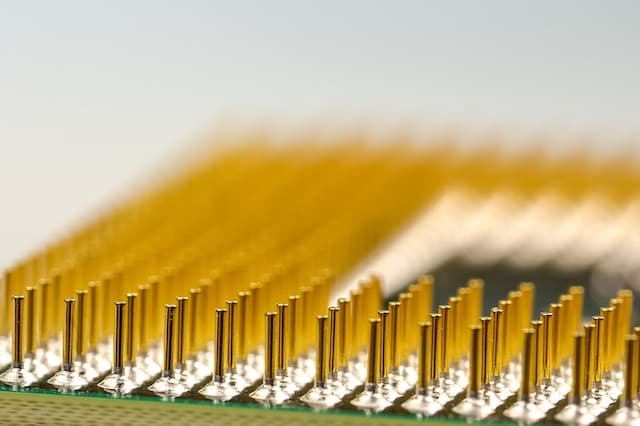Flexible, transparent yet ultrafast memory devices developed by engineers at Exeter University
With tens of hundreds of terabytes of electronic data being produced every day, the modern world of electronics needs better memory devices. The challenge led engineers at the University of Exeter, UK develop a new kind type of memory that is flexible, transparent and yet, super fast. The new memory was developed using a mix of graphene oxide and titanium oxide. Research team says that the it is low-cost and eco-friendly as well and believes that it will find applications in modern gadgets.
The electronics industry is fast moving towards 'flexible electronics'. There are rumours that Samsung will debut its first 'foldable phone' by the end of this year and that means, we'll usher into a new era of electronics that we haven't seen before. The research team says their memory is an alternative to the traditional 'flash memory' which is widely used in memory cards, high-end GPUs and also in USB drives.

Professor David Wright, the lead author of the paper published in journal ACS Nano said that memory devices have already been made using graphene oxide. But those are bigger in size and slow. The new memory, however, just about 50nm in length and just 8nm thick. It supports 5 nano-seconds R/W speeds.
Co-author of the paper, Prof. Craciun joins Prof. Wright by saying that efficient data storage is going to be the backbone of the 'knowledge economy'. The team's work provides a new direction to the use of graphene oxide in making memory devices. Read more about the research on the official source link below.
Source: <a href="https://www.exeter.ac.uk/news/featurednews/title_576570_en.html" target="_blank" rel="noopener noreferrer">www.exeter.ac.uk</a>
The electronics industry is fast moving towards 'flexible electronics'. There are rumours that Samsung will debut its first 'foldable phone' by the end of this year and that means, we'll usher into a new era of electronics that we haven't seen before. The research team says their memory is an alternative to the traditional 'flash memory' which is widely used in memory cards, high-end GPUs and also in USB drives.

Professor David Wright, the lead author of the paper published in journal ACS Nano said that memory devices have already been made using graphene oxide. But those are bigger in size and slow. The new memory, however, just about 50nm in length and just 8nm thick. It supports 5 nano-seconds R/W speeds.
Co-author of the paper, Prof. Craciun joins Prof. Wright by saying that efficient data storage is going to be the backbone of the 'knowledge economy'. The team's work provides a new direction to the use of graphene oxide in making memory devices. Read more about the research on the official source link below.
Source: <a href="https://www.exeter.ac.uk/news/featurednews/title_576570_en.html" target="_blank" rel="noopener noreferrer">www.exeter.ac.uk</a>
0
